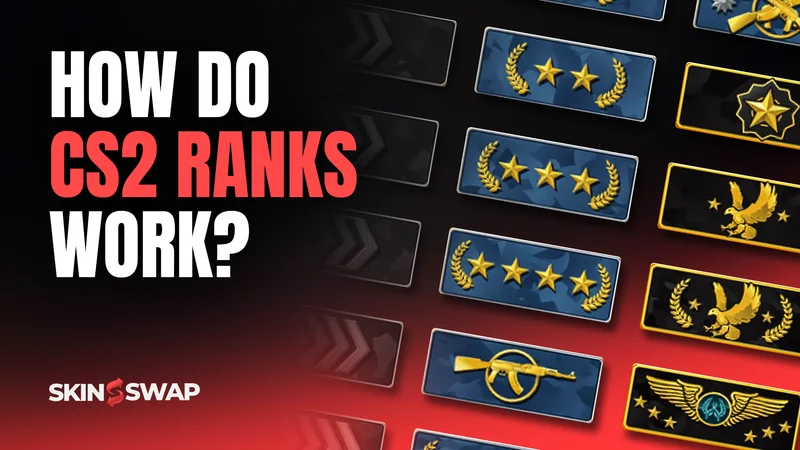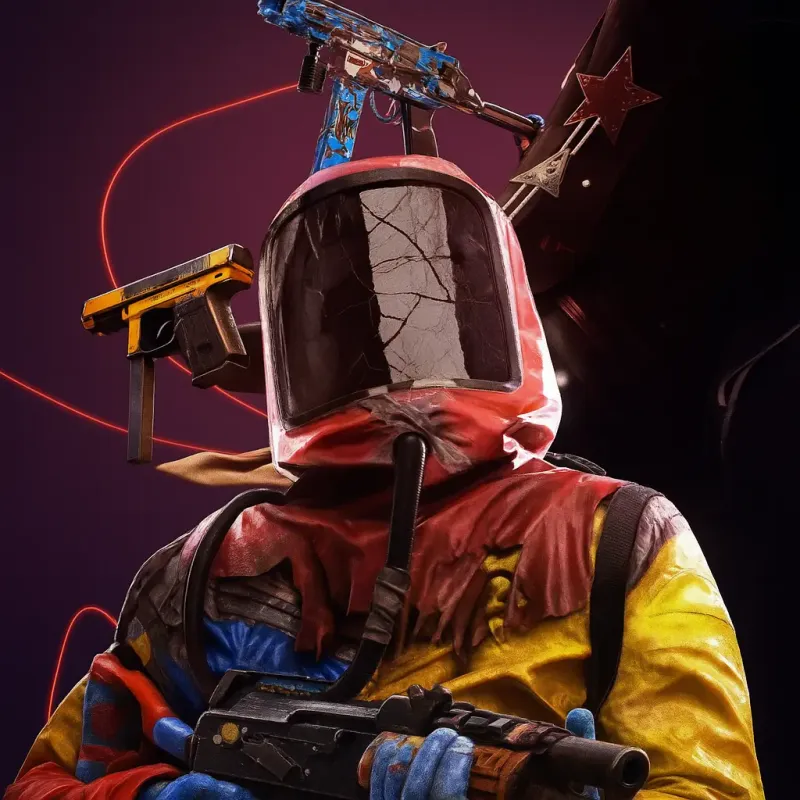How do CS2 Ranks Work? The CS2 Ranked System Explained
Being one of the most competitive games in the esports industry, Counter-Strike 2 boasts a robust ranking system that is designed to assess players’ skill levels and track their progression over time.
In CS2, the ranking system serves as a measure of a player’s performance in ranked matches and influences the teammates and enemies they will be paired with, aiming to pair them with similarly skilled opponents. In this guide, we’ll break down what you need to know about the CS2 ranking system and how it works.
Overview of the CS2 Ranking System (What Are CS2 Ranks?)
The ranking system in Counter-Strike 2 differs from Global Offensive, as Valve introduced a new and improved ranking system that serves to replace the traditional model.
CS2 features a dual-ranking structure with two distinct ranking systems:
-
Premier Mode (Elo-based system)
-
Competitive Mode (Skill group system)
Players can have CS2 ranks on both systems at a time, but each caters to different styles of competitive play and measurements.
How To Get A Rank In CS2
Before we dive into how the ranking system works, we must first achieve a rank in the first place. Players must meet certain criteria to be eligible for Premier and Competitive mode.
The two things players must do to play ranked matches are:
-
Reach Private Rank 2 by playing unranked game modes and earning experience points.
-
Unlock the Prime Status, which is purchasable for the price of $14.99.
In these ranked modes, players take the game seriously and try their best to win. As a result, Valve doesn’t want new and clueless players to disrupt the competitive action by placing a barrier for new players before they can start queuing for ranked matches.
A financial barrier has also been placed to reduce the number of smurfs and hackers which ruin the match quality of ranked games. Keep in mind that the Prime Status upgrade is a one-time purchase.
After completing the requirements above, players must go through a calibration process, by playing a set of placement games. Throughout these matches, the game will assess your current skill level and figure out which rank to put you in. Only then will you have a rank in CS2.
Premier Mode Explained
Premier Mode is the new game mode Valve introduced with the launch of CS2. It is now the most popular game mode, and has overtaken the Competitive Mode thanks to its improved features.
Valve has introduced several features in the Premier Mode. Key features of Premier Mode include:
-
Veto System: Before the match starts, teams will take turns banning maps. The final map that remains unbanned will be the battleground for the match.
-
Rating System: Instead of using skill groups like the traditional ranking system, Premier Mode displays ranks in numerical values for accurate representations.
-
Leaderboards: Using the ratings as a clear measurement, top players can be slotted into a leaderboard system which can be filtered regionally or globally.
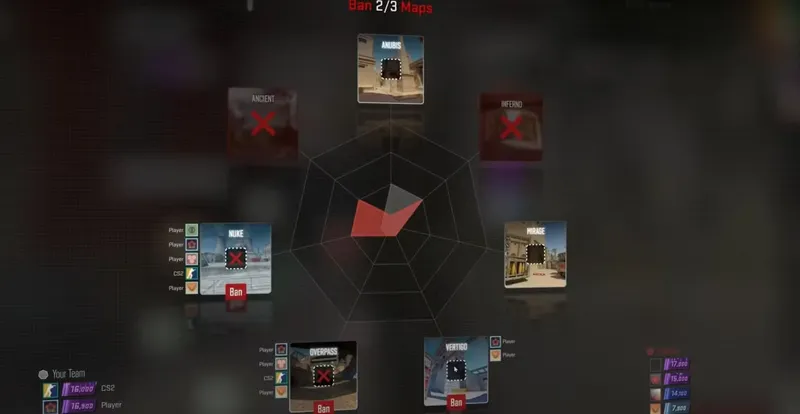
How Premier Mode Ranks Work
As briefly stated above, the Premier Mode follows an elo-based system, meaning ranks are displayed as a numerical value. For example, 10,000 rating.
Having higher numbers indicate that a player is better at the game. The goal is to increase this number as much as possible to the best of your capabilities.
When a match starts, players are immediately informed of how many points they will win or lose from the match. The displayed numbers will not change based on a player’s performance throughout the game. It is a fixed amount and gives players an easier time of understanding how do CS2 ranks work.
Premier Mode ratings are divided into color groups for easier distinction. Refer to this table below to see how Premier Mode ratings correlate with color groups:
| Rating | Color Group |
| 0 - 4,999 | Gray |
| 5,000 - 9,999 | Light Blue |
| 10,000 - 14,999 | Dark Blue |
| 15,000 - 19,999 | Pink |
| 20,000 - 25,000 | Red |
| >30,000 | Gold |
This newly-improved ranking system allows players to easily see their exact elo points and track progression accurately.
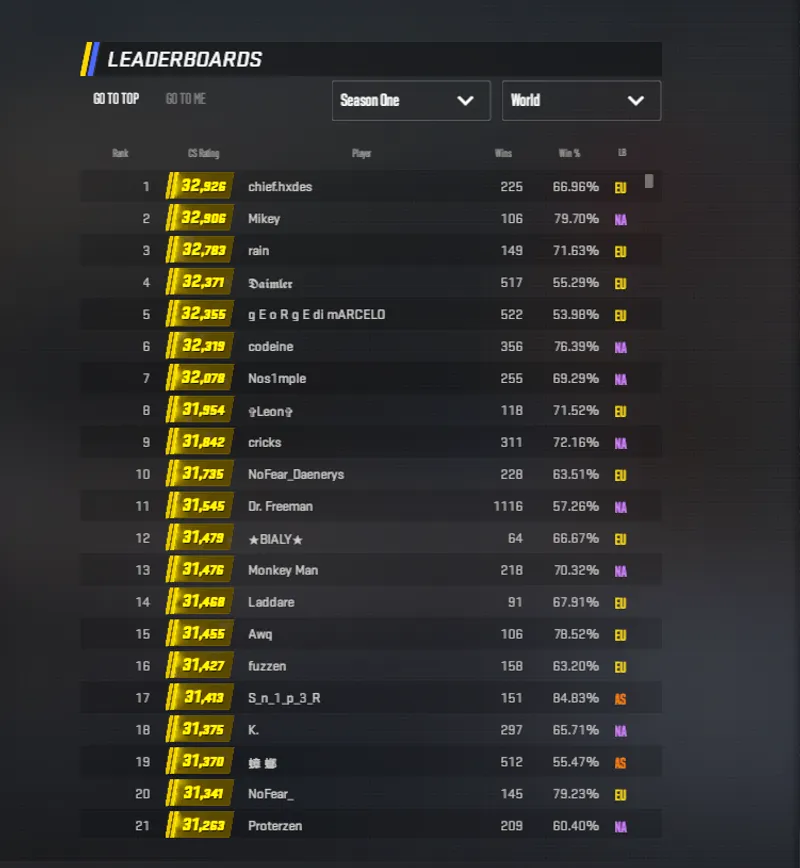
Competitive Mode Explained
Competitive Mode remains a core matchmaking option and preserves the traditional CSGO ranks and skill groups. However, it has received several tweaks and changes that have made it less popular than Premier Mode.
Some key features of Competitive Mode include:
-
Map-Specific Ranks: The biggest change to Competitive Mode is that players no longer have a singular skill group rank. Instead, players have a separate rank for each map in the pool based on their performance.
-
Skill Group System Maintained: Unlike Premier Mode, Competitive Mode retains CS:GO’s skill groups, including iconic ranks such as Silver and Global Elite.
How Competitive Mode Ranks Work
Ranks in Competitive Mode are determined based on wins, losses, and overall performance. Unlike Premier Mode, the amount of elo gained or lost after a match is not revealed, making it difficult to predict changes in CS2 Competitive ranks.
However, an important feature to note is that each map in the map pool has a unique rank. This means you could be Gold Nova II on Dust II and Legendary Eagle on Mirage. Winning consistently and performing well on a specific map will improve your rank on that map, while others remain unaffected unless played.
Competitive Mode ranks are divided into 18 skill groups, and remain the same as the ranks showcased in Global Offensive. Here is a list of all skill groups in CS2 Competitive Mode:
-
Silver I
-
Silver II
-
Silver III
-
Silver IV
-
Silver Elite
-
Silver Elite Master
-
Gold Nova I
-
Gold Nova II
-
Gold Nova III
-
Gold Nova Master
-
Master Guardian I
-
Master Guardian II
-
Master Guardian Elite
-
Distinguished Master Guardian
-
Legendary Eagle
-
Legendary Eagle Master
-
Supreme Master First Class
-
The Global Elite
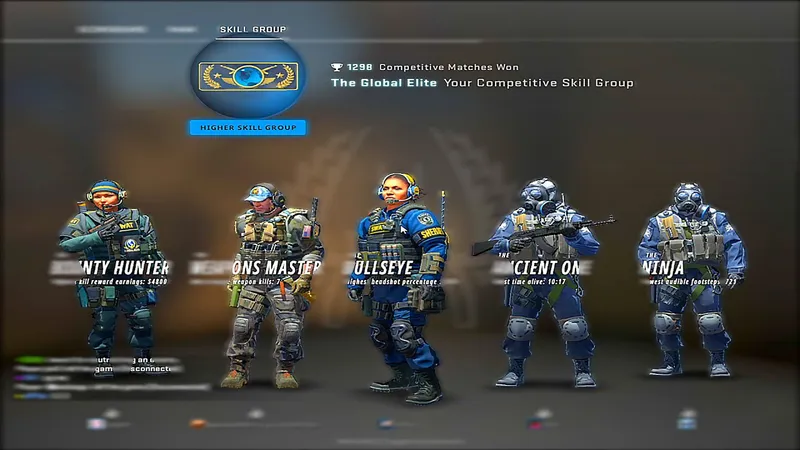
Though the Global Elite rank is the peak of Competitive Mode skill groups, it doesn’t reflect the true skill of a player without the existence of a leaderboard or points system. This is one primary reason why players prefer Premier Mode over Competitive Mode.
